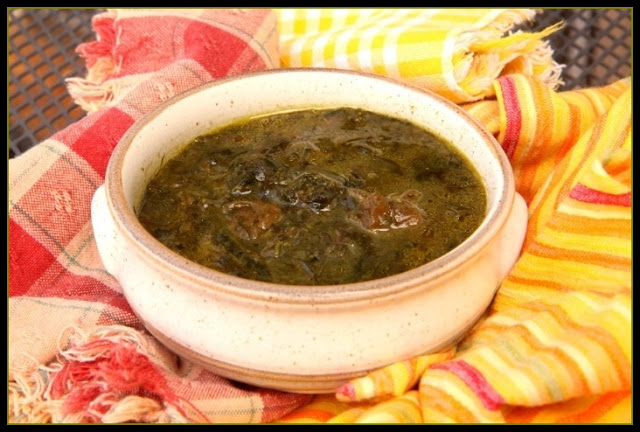I Eat Roadkill. Roadkill is Real Food.
 No, really, I mean actual roadkill. I understand that there's a taboo surrounding found meat. But here's the thing - roadkill animals aren't dirty or gross; they are just deer, they are just elk. The animals that turn up as roadkill are wild and grass-fed, and lived natural lives right up until their unfortunate end. It is the highest quality meat. Oh, and did I mention that it's free? In my book, that's a combination that can't be beat.
No, really, I mean actual roadkill. I understand that there's a taboo surrounding found meat. But here's the thing - roadkill animals aren't dirty or gross; they are just deer, they are just elk. The animals that turn up as roadkill are wild and grass-fed, and lived natural lives right up until their unfortunate end. It is the highest quality meat. Oh, and did I mention that it's free? In my book, that's a combination that can't be beat.Thanks to roadkill, we have a freezer full of the finest wild meat - tender steaks, roasts, stew meat, burger, and sausage. Sometimes, if we are in a hurry or unprepared to harvest an animal, we only take the backstraps. In the elk pictured, that added up to over 20 pounds of premium tenderloin. If we're able to take the whole animal, little goes to waste; the parts damaged by impact go to the dogs and cats. The last deer that we got (pictured with red bowl), only the legs were usable. Even so, we were able to put away about 20 pounds of meat.
 Before you pick up roadkill, contact whatever office issues fishing licenses where you live, and find out the laws in your area, including how to obtain a permit, and which animals you are allowed to collect. In our area, we have 48 hours from the time we pick up the animal to obtain a permit from either a Department of Wildlife officer or a law enforcement officer. We usually get ours from the sheriff's department.
Before you pick up roadkill, contact whatever office issues fishing licenses where you live, and find out the laws in your area, including how to obtain a permit, and which animals you are allowed to collect. In our area, we have 48 hours from the time we pick up the animal to obtain a permit from either a Department of Wildlife officer or a law enforcement officer. We usually get ours from the sheriff's department.Use common sense when utilizing roadkill. Be knowledgeable about, and obey, the laws in your area. And most importantly, if an animal smells rotten, don't eat it. Also, take into consideration where the animal grazed. Our roadkill has lived and died in the mountains, having grazed on its natural habitat. But if you see an animal outside of a corn or soybean field, it's likely to have eaten those genetically modified crops.
 Treat roadkill as you would any game. Don't save bruised meat, and make sure all meat is clean of hairs, as both will impart a strong flavor. If an animal looks young, it will be quite tender and perfect for grilling and other quick-cooking techniques. But if you take an older animal, it's meat will likely have to be tenderized, or used in a braise or stew.
Treat roadkill as you would any game. Don't save bruised meat, and make sure all meat is clean of hairs, as both will impart a strong flavor. If an animal looks young, it will be quite tender and perfect for grilling and other quick-cooking techniques. But if you take an older animal, it's meat will likely have to be tenderized, or used in a braise or stew.If you can overcome negative perceptions surrounding roadkill, you can partake of high quality, wild, grass-fed meat. Keep in mind that the game meats which you can purchase at the grocery store have been farmed. So if you choose to eat roadkill, you will be eating meat as it was meant to be, not a commercial product.
Have a convinced you? Are you ready to cook up some roadkill of your own? Check out my recipe for always-tender deer peppersteak.
This post appears as a part of Real Food Wednesday. Please click the link to read more posts from people who have benefited from eating eating real, traditional foods.

